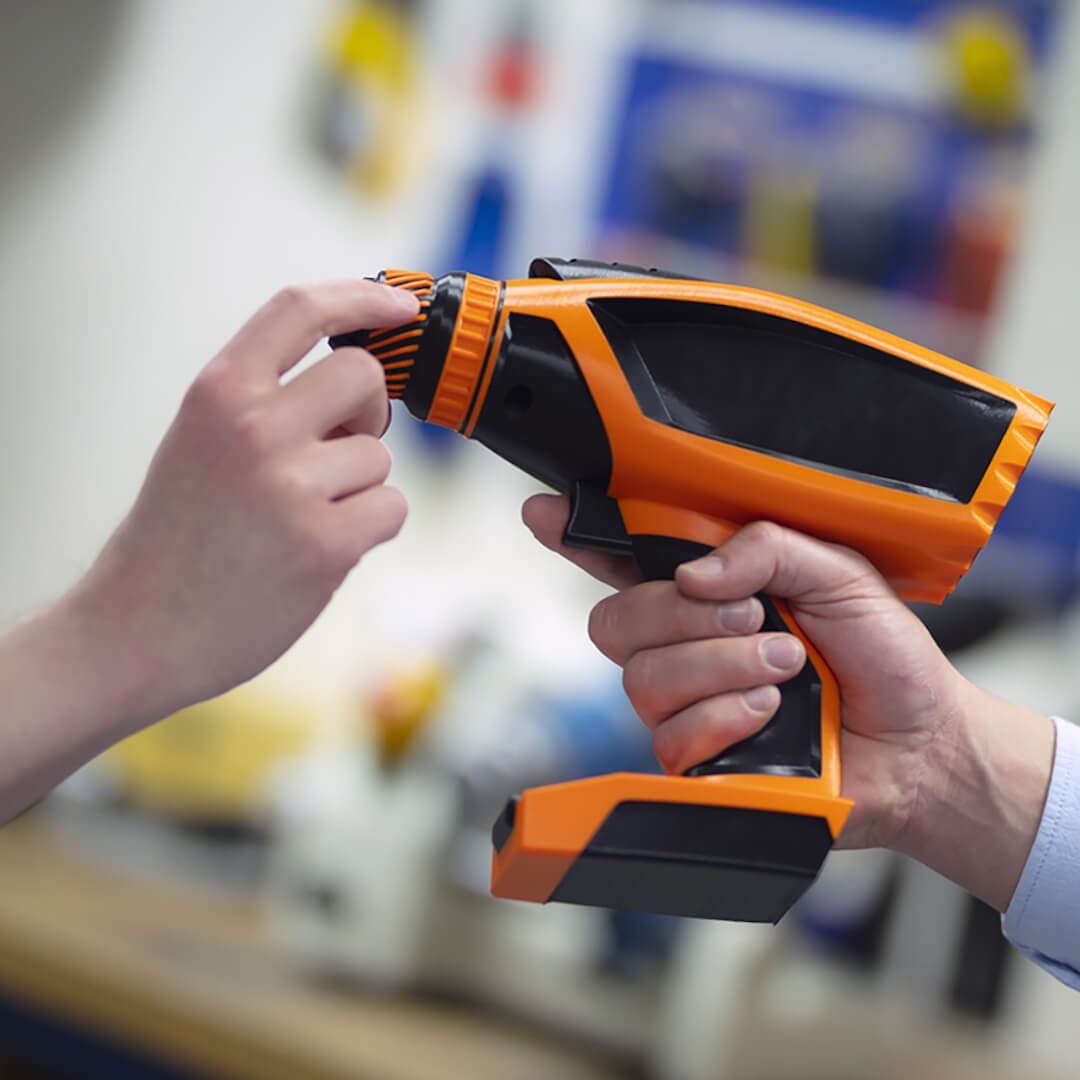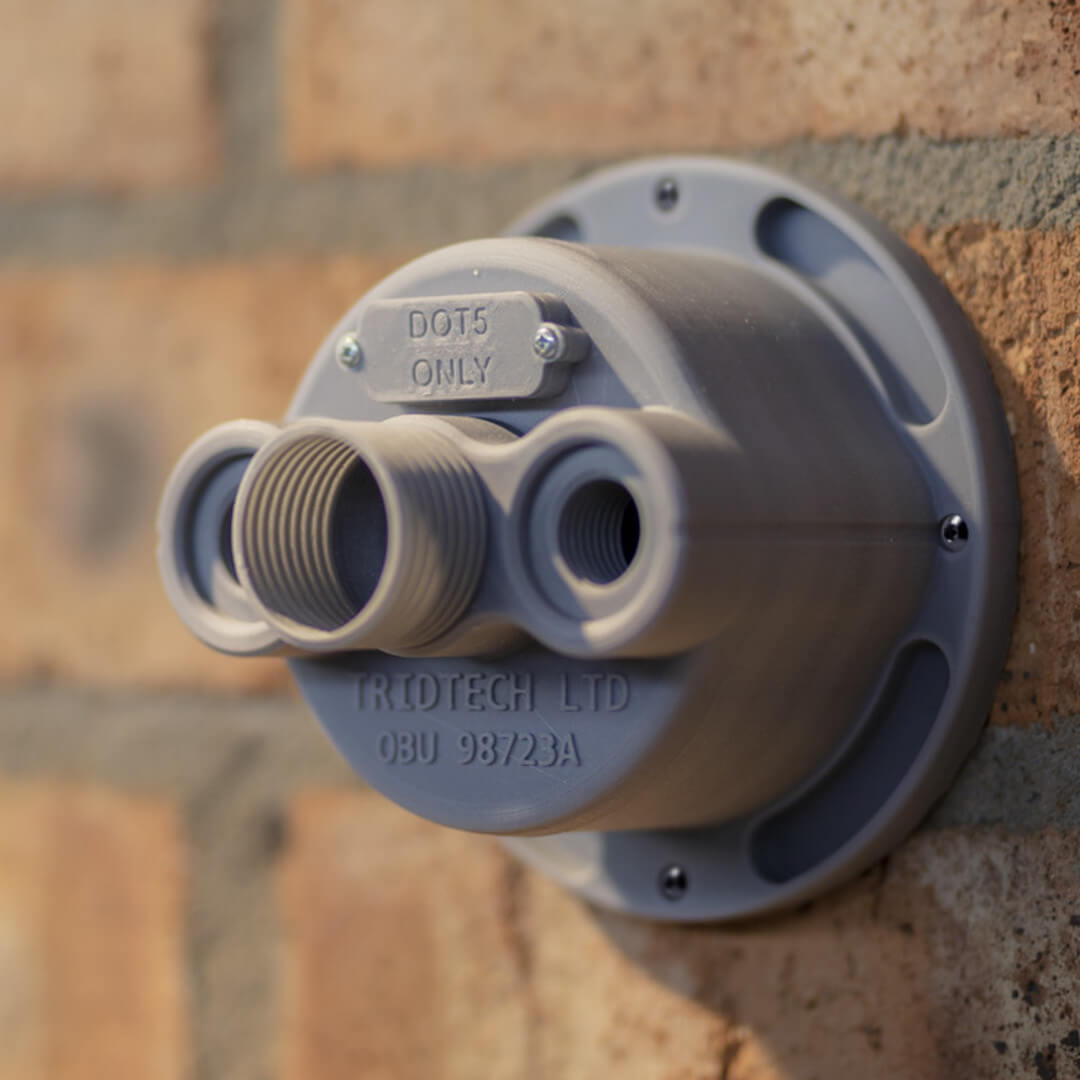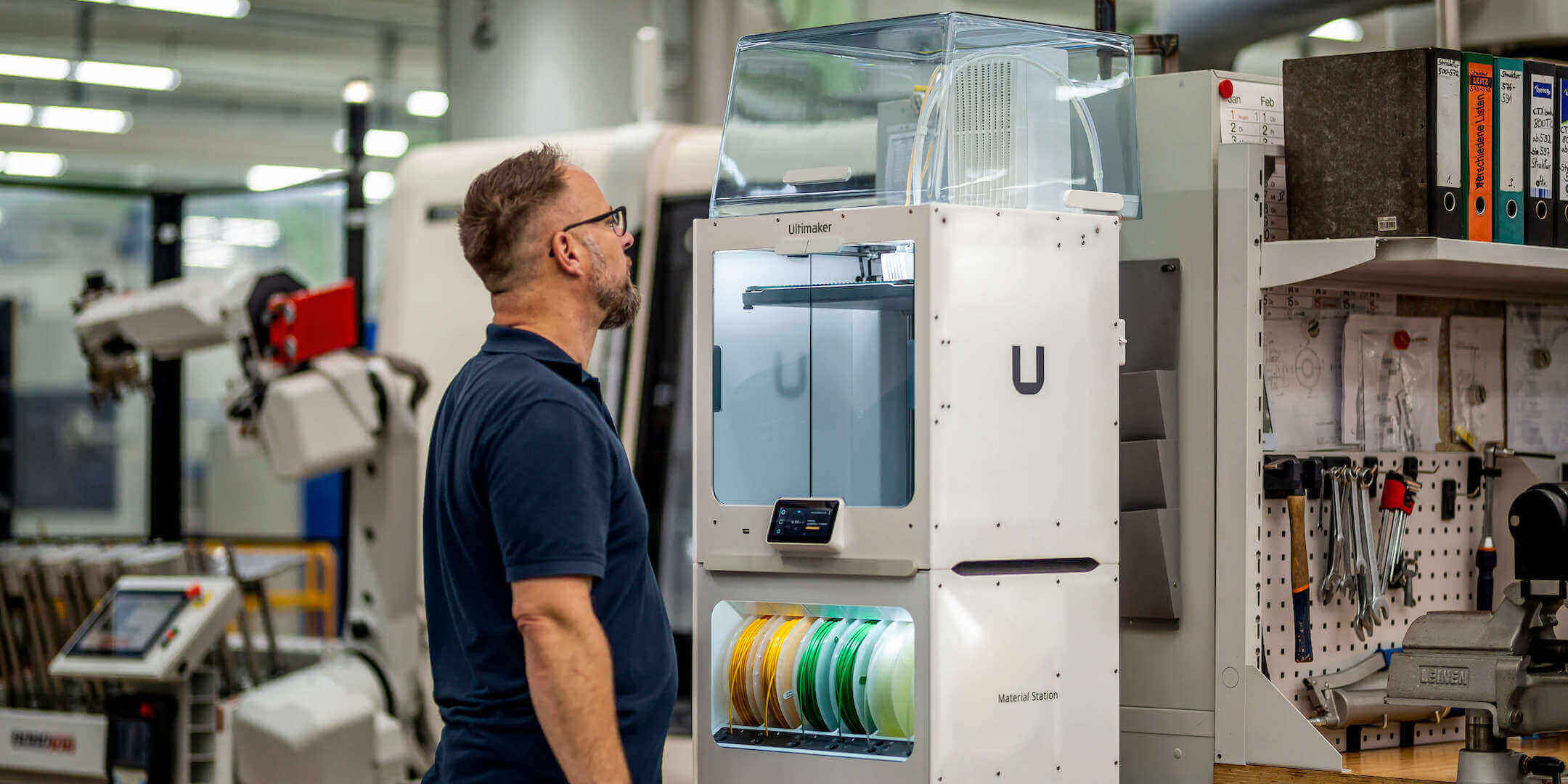PLA and ABS are the two most commonly used 3D printing filaments. Low-cost, widely available, and printable for beginners, most 3D printer users will have used ABS or PLA at some point. But if you want to be sure you’re getting the best results from your 3D printed parts, what are the reasons for choosing these materials?
Both in the thermoplastics class of polymers, ABS and PLA each possess properties that explain their popularity for FFF (fused filament fabrication) 3D printing.
But despite both being ‘go-to’ filaments, understanding their unique properties can help you get the best visual appearance or mechanical performance from your 3D prints.
We’ll go into each material in detail, but first, let’s define the key properties that will guide your choice:
Printability – How easy or difficult is it to print the part you want first time, with minimal effort?
Stiffness – How well does the material resist bending or deforming when a force is applied
Strength – How much load can it bear without permanently deforming or breaking? (As PLA and ABS have similar tensile strength, this guide focuses on flexural strength.)
Toughness – How well can it resist impacts?
Hardness – How well can it resist abrasion or cutting?
Temperature resistance – How much heat can it withstand while retaining its properties?
A visual prototype 3D printed in two colors with PLA
A functional wall socket part 3D printed with ABS
What is PLA filament?
Polylactic acid filament, or PLA, is a plant-derived thermoplastic, usually created from corn, that is biodegradable. These environmental credentials, and the fact that it's easy and fast to print, make it an attractive choice for educators and users new to 3D printing.
PLA properties
PLA is often chosen for its aesthetic properties. The melting point of PLA is low (around 145 °C) which is well suited to the FFF 3D printing process. This means that fine details and smooth surfaces can be consistently achieved with PLA prints, making it ideal for architectural models, product prototypes, and educational aids.
But how about its engineering properties?
PLA offers good hardness and strength, with a flexural strength of 103 MPa. PLA is also exceptionally stiff, which can be good for some applications but also makes it brittle and prone to being chipped or other damage from impacts.
In spite of the stiffness and strength of PLA filament, it is worth noting that PLA copes poorly when exposed to heat or chemicals. This makes PLA a much less desirable option for parts intended for repeated use or in environments with changing conditions (such as outdoors).
While we mentioned a higher melting point for PLA, a part will become useless long before the material ‘melts’. In practice, PLA is not suitable for applications where the printed part is exposed to temperatures higher than 50 °C.
This low temperature resistance can also be an advantage, for example if you want to burn away the 3D printed material to create a mold.
| PLA properties | Rating |
|---|
| Printing difficulty | ⬤ |
| Stiffness | ⬤⬤⬤ |
| Strength | ⬤⬤⬤ |
| Toughness | ⬤ |
| Hardness | ⬤⬤⬤ |
| Temp. resistance | ⬤ |
Ultimaker PLA 3D printers
Ultimaker offers its own PLA filament, supported by and designed for optimal results with all Ultimaker 3D printers.
With an Ultimaker 3D printer and Ultimaker PLA you can print at high speed in 11 colors, with the ability to combine two for dual-color prints.
Ultimaker 3D printers are also compatible with third-party PLA filaments.
What is ABS filament?
Acrylonitrile Butadiene Styrene (ABS) boasts excellent mechanical properties, ideal for objects that require toughness and durability.
One drawback many experience is that ABS can be trickier to print than PLA, with parts sometimes warping during the printing process. However, there are ways to reduce this.
Ultimaker ABS material is specially formulated to minimize warping and ensure consistent interlayer adhesion. And choose a fully enclosed 3D printer like the Ultimaker S5 Pro Bundle for a printing environment that will deliver even better results with ABS.
ABS properties
With thermal resistance up to 85 °C, ABS can be used in much warmer environments than PLA.
Compared to PLA, the strength of ABS filament is slightly lower in terms of the loads it can bear (70.5 MPa). But it makes up for it with its other mechanical properties.
With high impact strength (Izod tested to 10.5 kJ/m²), ABS parts will prove more durable than PLA if being used for functional prototyping or end-use parts.
| ABS properties | Rating |
|---|
| Printing difficulty | ⬤⬤ |
| Stiffness | ⬤⬤ |
| Strength | ⬤⬤ |
| Toughness | ⬤⬤ |
| Hardness | ⬤⬤ |
| Temp. resistance | ⬤⬤ |
Ultimaker ABS 3D printers
Ultimaker offers its own ABS filament which is supported by all of our current hardware range.
With an Ultimaker 3D printer and Ultimaker ABS you can print in 10 colors, with the ability to create dual-color prints.
Ultimaker 3D printers are also compatible with third-party ABS filaments.
Working with ABS has known disadvantages in smaller spaces, especially with larger material volumes, due to the emission of particles during the printing process. However, the Air Manager accessory, available for the Ultimaker S5 or Ultimaker 2+ Connect, easily takes care of any such issues.
Users can remove up to 95% of UFPs (ultrafine particles) with the Air Manager’s enclosed build chamber and EPA filter.
Concerned about air quality and 3D printer particle emissions? Read the 6 key factors that affect indoor air quality when 3D printing.
The Air Manager on this Ultimaker S5 Pro Bundle printer encloses the build chamber and extracts air through an EPA filter to remove up to 95% of UFPs
Conclusion: Choosing between PLA and ABS
In general, PLA should be your filament of choice if you care more about an easy printing experience than engineering properties. If you’re looking for a part to withstand a few bumps and last the test of time, go for ABS.
But with so many potential uses of 3D printing, the choice is not always so simple. If you have a unique application in mind it’s worth reviewing the technical data sheets in detail before making your choice.
If you’ve made your mind up, find your local reseller to order some filament today.
And if not, the good news is you can have the best of both worlds! Ultimaker Tough PLA boasts a toughness similar to ABS with the same safe and easy use as regular PLA.
Remember that Ultimaker 3D printers also support many more material options, from durable Nylon to flexible TPU 95A. Not to mention the hundreds of third-party composites and other specialist filaments on the Ultimaker Marketplace.
Note: The information in this article applies to Ultimaker materials. Similar quality cannot be guaranteed with other filaments. Material properties ratings in the tables above are a comparison with other 3D printing materials on a one-to-three scale.

























